Over 60 university leaders from the Americas, Europe, Asia, Middle East and Africa met earlier this month along the USA-Mexico border to discuss the challenges and opportunities pertaining to innovation in higher education.
While the meeting was not directly focused on United States President Donald Trump and the proposed wall along said border, the significance of the event being organised in San Diego, California (co-hosted by San Diego State University and University of San Diego) and Tijuana, Baja California (hosted by CETYS University) is more than symbolic as it occurred in the midst of news about limiting the mobility across borders for certain segments of the population.
The numerous references and remarks involved, on the one hand, the role of universities in promoting understanding and collaboration across regions and borders, and, on the other hand, as San Diego State University Provost Chukuka Enwemeka stated, not building walls but building bridges. This was also key to innovation.
In the opening keynote, Professor John Eger from San Diego State University pointed out that creativity and innovation are pivotal to the new economy and that they need to look beyond conventional notions of education and to how they can best offer that.
Among these are the integration of arts and science or moving from STEM to STEAM, offering stacked courses, taking an interdisciplinary approach, promoting design thinking, offering blended learning and instilling entrepreneurship across the curriculum. Eger stressed that, as the fundamentals of creativity and innovation are promoted by faculty, it is essential that university leaders, especially presidents and deans, consider and provide the necessary incentives to continue and encourage this change.
From me to them
The sessions that followed covered everything from student-centred learning to innovation in particular disciplines and in international higher education.
David Atkinson, president of MacEwan University in Canada, pointed out that perhaps one of the most fundamental changes that universities need to make as part of our drive towards innovation and transformation is to move from ‘I’, ‘me’ and ‘we’, to ‘them’, in reference to students.
Atkinson proposed that we need to develop a better relationship with and understanding of students, to stop talking and begin listening and to know more about and be more receptive to what they think.
Rodrigo Guerra Botello, secretary general of the Mexican Federation of Private Institutions of Higher Education or FIMPES, added that universities need to be talking and listening to society and said that, by doing so, we might have to change existing paradigms.
Botello cited as an example a recent FIMPES assembly where the speakers were a student, a parent and a representative from business, each of whom shared with FIMPES university presidents what institutions might begin to consider as they try to be more responsive to the users or beneficiaries of higher education.
Instituto de Educación Superior de Brasilia President Eda Machado de Souza suggested that we need faculty, students and presidents who believe they can change the world, but said that universities are generally not flexible enough in their own approach to change. Machado de Souza said that to be useful in their respective societies, universities have to experiment with new ideas.
Elizabeth Davis-Russell, former president of William VS Tubman University in Liberia, stressed the importance of faculty promoting innovation, but said that universities need to help them in the transformation process.
Arturo Cherbowski, director of Universia Mexico, which is part of a network of universities across Latin America, Spain and Portugal, indicated that while universities are discussing what to do in terms of innovation, what we do know is that we do not want to be another Kodak, whose downfall is blamed on a failure to fully grasp the transformation taking place in its industry.
Shifting the focus from innovation at a general institutional level to innovation across the disciplines, the keynote speaker Jaime Alonso Gomez, dean of the School of Business at the University of San Diego, pointed out that the case for and stakes regarding the need to innovate could not be clearer: increasingly there will be two types of organisations – those that are fast and those that are dead.
Gomez proposed that while organisations have the option of shaping, adapting or doing nothing, they will inevitably have to consider five Ps: People, Planet, Profits, Peace and Prosperity.
And as universities are weighing what they must do to change or adapt, he said it is clear that the direction is towards multidisciplinarity, no longer questioning whether students should go abroad but asking at what age they should go, and moving from debating whether a foreign language is important or not to deciding which one is the right one.
Shawn Chen, President of SIAS International University, China, made the point that innovation was the future of higher education in China and that it is much easier to innovate when you are creating a new university than to change an existing institution. Celestino Fernandez, Emeritus Professor at the University of Arizona and Distinguished Visiting Professor at CETYS, highlighted the many obstacles to innovation in existing universities, including, externally, government regulation, and internally, endless review committees.
Innovation in business, engineering and technology
Innovation was also discussed from the perspective of schools of business, engineering and technology. Reflecting on the development of CEIPA Business School in Colombia, CEIPA President Diego Mazo shared how changing the academic calendar from two semesters to five periods a year, offering a blended or virtual approach grounded in competency-based programmes, including academic missions abroad and international seminars, had all led CEIPA to its current state, serving 5,000 students, 85% of whom are working.
Andreas Zehetner, vice-president of the University of Applied Sciences Upper Austria, shared numerous experiences where the Austrian institution is collaborating and innovating with industry, including the industry-university dual degree with well-known firms such as BMW and Robert Bosch.
A case specific to Japan was presented by Osaka University of Commerce President Ichiro Tanioka, who shared how entrepreneurship is embedded into and across the university’s curriculum. Tanioka suggested that while we are all focused on changing tradition, the old style Japanese way of management based on values is still valid in his setting.
Chell Roberts, dean of the School of Engineering at the University of San Diego, criticised universities for their approach to engineering education for generally working in silos, leaving the finishing touch to industry and acting as “smart filters” – the process by which students become less innovative as they progress in their programmes.
Roberts called for engineering schools to incorporate innovation practice in every semester so students learn to create engineering in context and said engineering departments needed to have measures to assess progress in innovation and to seek and-or improve overall relations with industry.
Gonzalo Mendieta, vice-president of Universidad de las Américas in Ecuador, highlighted his institution’s ‘From the Farm to the Table’ project, which initially only involved agricultural majors but quickly expanded into a multidisciplinary effort that has led to different programmes, community engagement, research and the development of a multifaceted capstone project.
Innovation in the arts and humanities
Reflecting on innovation in areas other than business, engineering, and technology, Noelle Norton shared her challenge at the University of San Diego of trying to advance the liberal arts within the College of Arts and Sciences. Norton commented that the initial result was a four-year interdisciplinary liberal arts degree that brings together law with applied sciences. That has been followed by the creation of a Humanities Centre, a collaborative research initiative, and work on digital humanities.
The Chicago School of Professional Psychology, or TCSPP, President Michele Nealon-Woods pointed out that the main strengths at her institution are the use of practitioner faculty, a focus on teaching and a professionally grounded curriculum. Nealon-Woods cited as examples of innovation and change at the school the Teaching Online Pedagogy Seminar, SME 101 for Subject Matter Experts and the identification of and work with strategic partners.
Drawing from his experience at Universidad Peruana de Ciencias Aplicadas or UPC, President Edward Roekaert shared a wide-ranging change implemented at UPC in response to millennials and the Z generation. PCs are no longer being used at UPC. Instead they rely on mobile devices with the related technology and applications, the use of digital books and ‘gamification’. This has meant a move away from a faculty-centred to a student-centred approach.
Partnerships for innovation
The closing panel offered experiences, examples and suggestions on international partnerships involving projects and programmes in diverse settings such as Rwanda, Australia, China, Mexico and India. Kurt Kirstein, provost at City University of Seattle in the US, underlined the increasing importance of making sure that partnerships are as academically sound as they are financially viable.
Sandeep Pachpande, chair of the ASM Group of Institutes in India, said that these are important times to bridge the gap between culture and countries and that institutions would be well-served to use a bottom up approach and listen to students and faculty.
Tiffany Masson, dean of TCSPP Chicago campus, said that some of the success factors at her institution include incentivising and celebrating faculty, prepping students before engaging in study abroad and being careful not to oversell.
Fairleigh Dickinson University Vice Provost Jason Scorza stressed that rather than talking about best practice we should instead refer to and look for the right attitude. He said borders are not the same as boundaries as one implies differences while the other suggests being separate. He added that money cannot be where we begin partnerships. Instead universities should move from bilateral only to consortial or multilateral activities and we should refer to study abroad students as our students/learners.
Mariella Remund, visiting professor at Northwestern Polytechnical University in Xi’an in China and distinguished visiting professor at CETYS University, provided an overarching viewpoint, indicating that the reason and the way we pursue partnerships need to change.
Remund proposed that universities break the paradigm and move to a situation where less is more and institutions are more precise in what they do and with whom, develop a shared vision of critical success factors, are mindful of competition between ecosystems (no longer universities with universities but universities with other players in business/industry) and are transnational.
In wrapping up the session, Michael Proctor, vice-provost at the University of Arizona in the US, listed the following key aspects for successful partnerships: engaging faculty, identifying a champion, ensuring financial sustainability, having the right attitude and having strategic plans that are mindful of tactical implementation issues.
Innovation works best through effective partnerships, whether internationally, with business, between disciplines or with students at the centre of the learning process.
Professor Fernando León-García is president of CETYS University, Baja California in Mexico and is Latin American region co-chair of the International Association of University Presidents.
Source-UWN

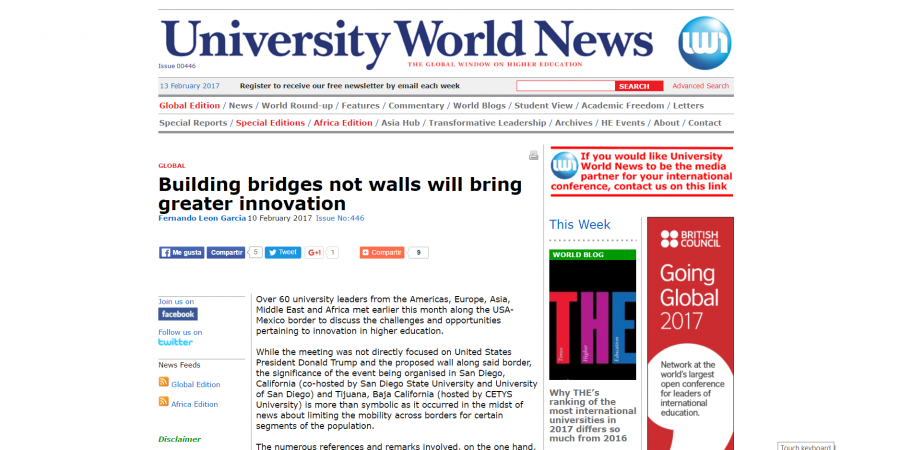

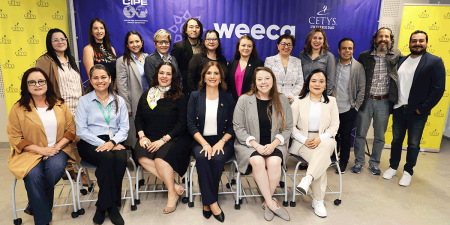
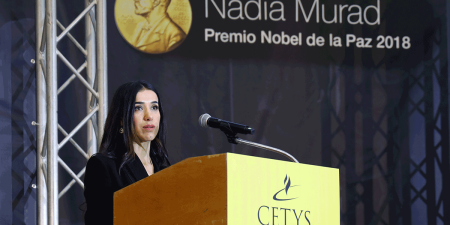
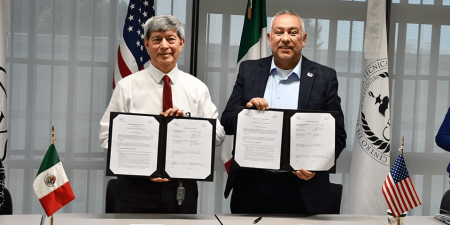
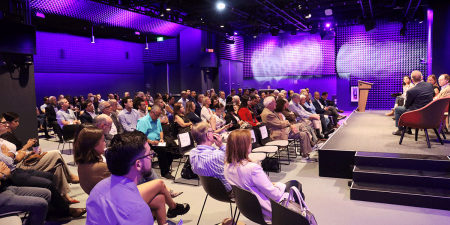
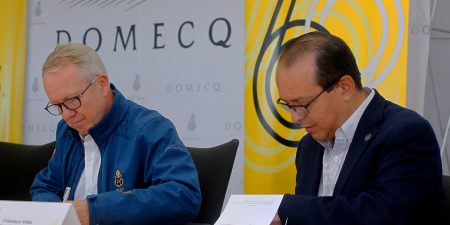

Leave your comment